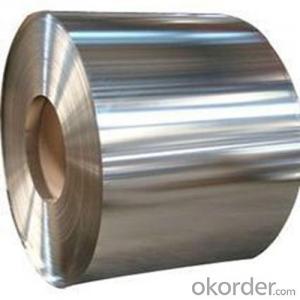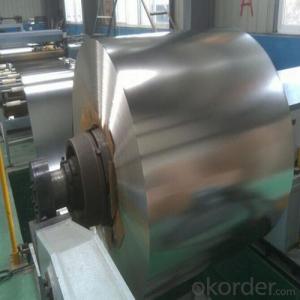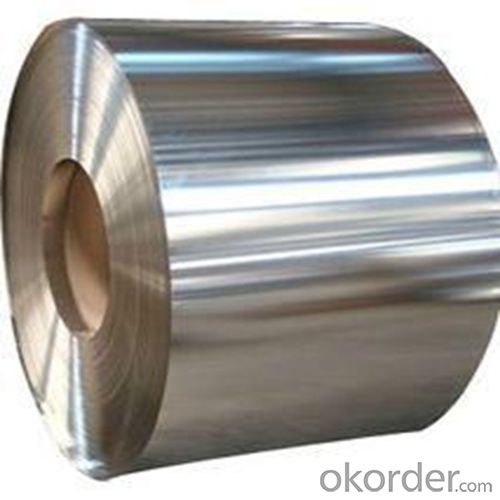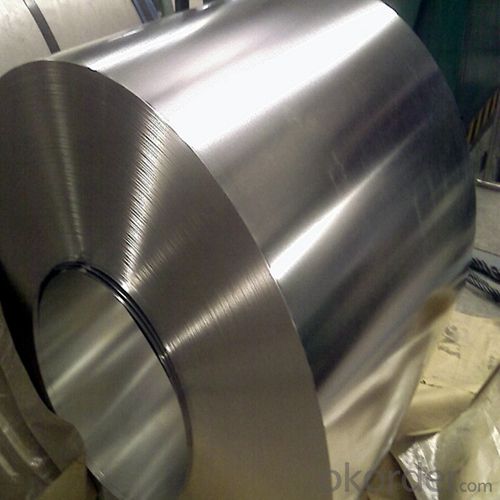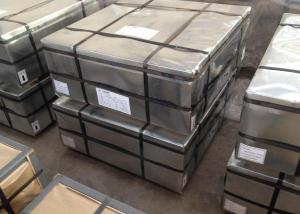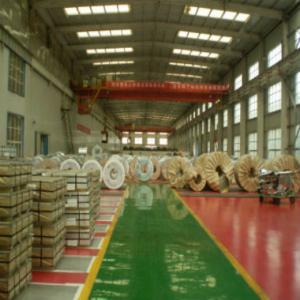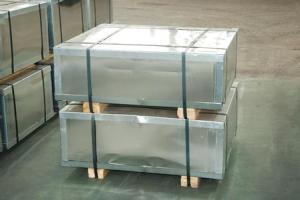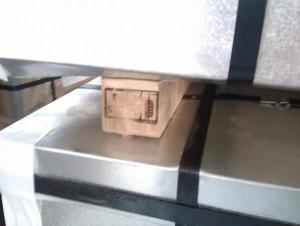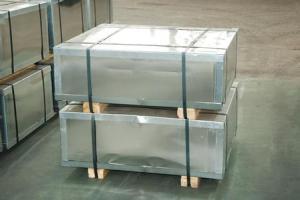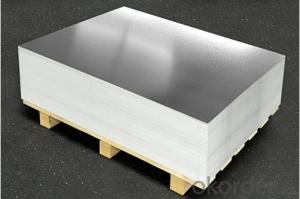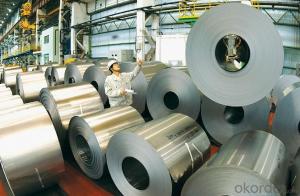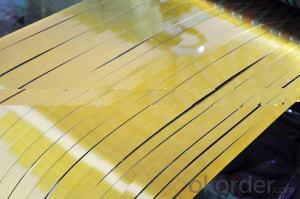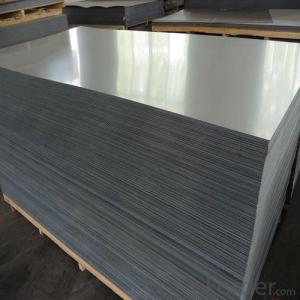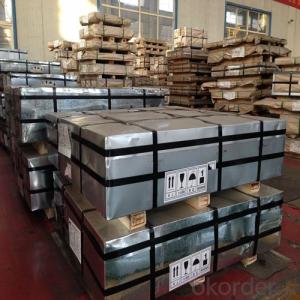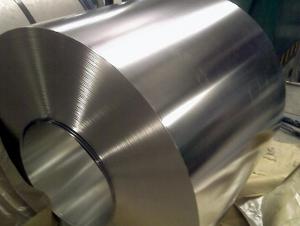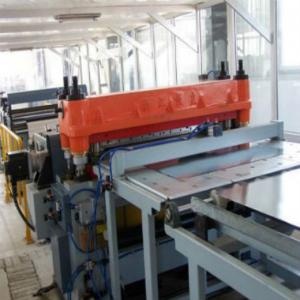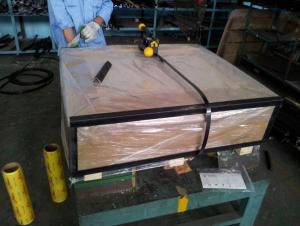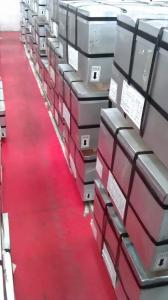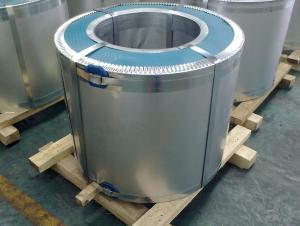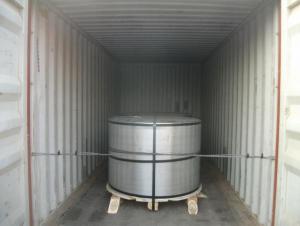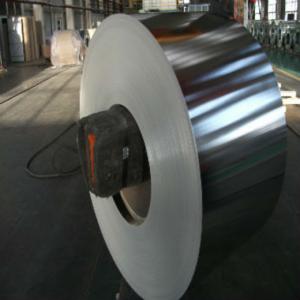Prime Electrolytic Prime ETP Tinplate for Food Metal Packaging (Manufacturer)
- Loading Port:
- Tianjin
- Payment Terms:
- TT OR LC
- Min Order Qty:
- 25 m.t
- Supply Capability:
- 30000 m.t/month
OKorder Service Pledge
OKorder Financial Service
You Might Also Like
1.Structure of Electrolytic Tinning Plate for Food Can Making Description
Due to Tinplate packaging`s good seal, nature, dark, robustness and unique decorative metal charm, it has a wide range of coverage in the packaging container industry,and common international packaging varieties. With a variety of CC tinplate material, DR materials, chrome plated and constantly enrich and promotion and development of packaging products and technology, tinplate packaging has promoted with innovation.
Because of its strong antioxidant and diverse styles, beautifully printed, tinplate containers are very popular and loved by customers, and they are widely used in food packaging, pharmaceutical packaging, commodity packaging, instrumentation, packaging, industrial packaging and so on.
With the continuous improvement of tinplate printing technology and processing technology, tinplate packaging has developed more widely.
2.Main Features of the Electrolytic Tinning Plate for Food Can Making
Appearance – Electrolytic Tin Plate is characterized by its beautiful metallic luster. Products with various kinds of surface roughness are produced by selecting the surface finish of the substrate steel sheet.
Paintability and printability – Electrolytic Tin Plates have excellent paintability and printability. Printing is beautifully finished using various lacquers and inks.
Formability and strength – Electrolytic Tin Plates have got very good formability and strength. By selecting a proper temper grade, appropriate formability is obtained for different applications as well as the required strength after forming.
Corrosion resistance – Tinplate has got good corrosion resistance. By selecting a proper coating weight, appropriate corrosion resistance is obtained against container contents. Coated items should meet 24 hour 5 % salt spray requirement.
Solderability and weldability – Electrolytic Tin Plates can be joined both by soldering or welding. These properties of tinplate are used for making various types of cans.
Hygienic – Tin coating provides good and non toxic barrier properties to protect food products from impurities, bacteria, moisture, light and odours.
Safe – Tinplate being low weight and high strength makes food cans easy to ship and transport.
Eco friendly – Tinplate offers 100 % recyclability.
Tin is not good for low temperature applications since it changes structure and loses adhesion when exposed to temperatures below – 40 deg C.
3.Electrolytic Tinning Plate for Food Can Making Images
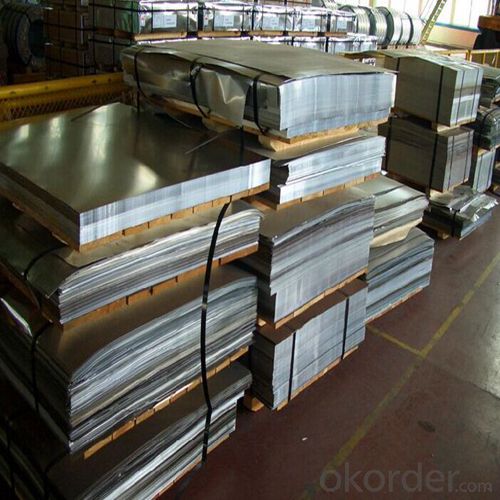
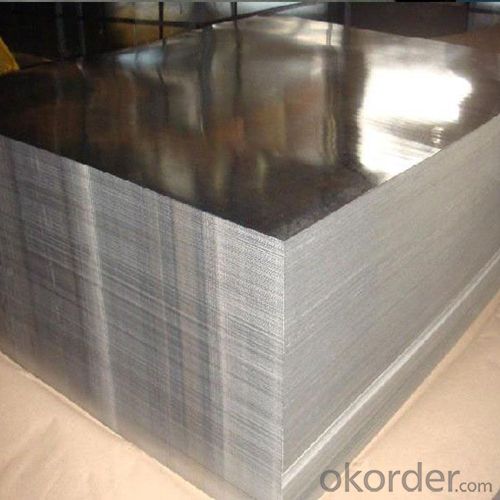
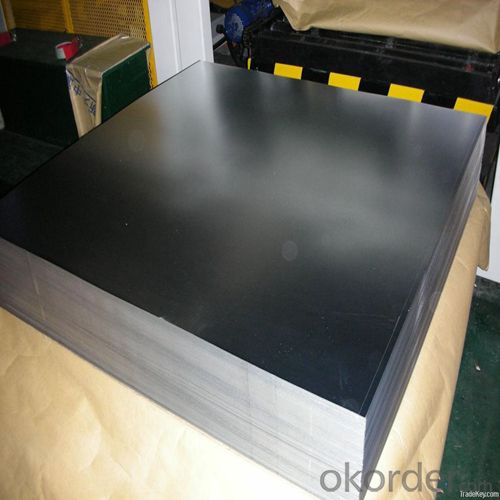
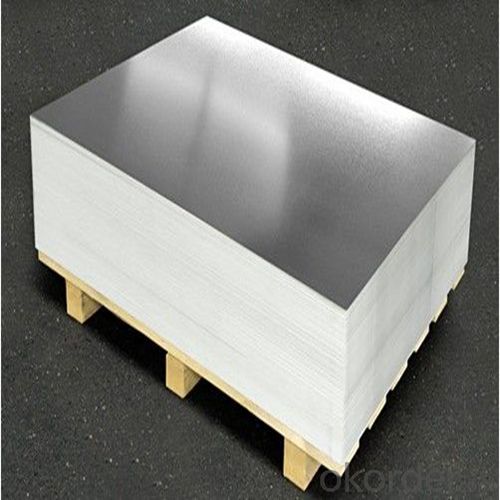
4.Electrolytic Tinning Plate for Food Can Making Specification
Standard | ISO 11949 -1995, GB/T2520-2000,JIS G3303,ASTM A623, BS EN 10202
|
Material | MR,SPCC |
Thickness | 0.15mm - 0.50mm |
Width | 600mm -1150mm |
Temper | T1-T5 |
Annealing | BA & CA |
Coil Inner Diameter | 508mm |
Weight | 6-10 tons/coil 1~1.7 tons/sheets bundle |
Passivation | 311 |
Oil | DOS |
Surface | Finish,bright,stone,matte,silver |
5.FAQ of Electrolytic Tinning Plate for Food Can Making
- How are the Electrolytic Tin Plates specified?
The Electrolytic Tin Plates are specified as per the steel base, extent of tempering, the coating weight, annealing method and the surface finish.
- How many types there are for base steels?
The base steels are of three types: Type MR, L, D
- Q: What are the main applications of tinplate in the tobacco industry?
- Tinplate is commonly used in the tobacco industry for packaging cigarettes and other tobacco products. It provides a protective barrier against moisture, light, and oxygen, helping to preserve the quality and freshness of the tobacco. Tinplate also offers a visually appealing and durable packaging solution, contributing to the overall branding and marketing of tobacco products. Additionally, tinplate can be easily decorated or embossed, allowing for intricate designs and customization options that enhance product differentiation on store shelves.
- Q: How is tinplate used in the manufacturing of electrical components?
- Tinplate is commonly used in the manufacturing of electrical components as it provides a protective coating that prevents corrosion and enhances durability. It is often used to make casings, enclosures, and connectors for various electrical devices, ensuring efficient and reliable functioning of the components.
- Q: What are the different ways to seal tinplate containers?
- There are several ways to seal tinplate containers. Some common methods include using adhesive seals, heat sealing, crimping, or soldering. Adhesive seals involve applying a layer of adhesive to the container's lid, which is then pressed onto the container to create a secure seal. Heat sealing utilizes heat to melt a layer of plastic or wax on the lid, creating a tight bond when cooled. Crimping involves folding and pressing the edges of the container and lid together to create a tight seal. Soldering, on the other hand, uses a heated soldering iron to melt solder onto the seams of the container, creating a strong and permanent seal.
- Q: What are the different coatings used on tinplate?
- There are several different coatings used on tinplate, including tin-free steel (TFS) coating, electrolytic tinplate (ETP) coating, lacquer coating, and organic coatings. These coatings serve different purposes such as corrosion resistance, food safety, and enhanced visual appeal.
- Q: What are the advantages of using tinplate for automotive components?
- Tinplate offers several advantages for automotive components. Firstly, it is highly corrosion-resistant, which helps protect the components from rusting and extends their lifespan. Additionally, tinplate is strong and durable, providing excellent structural integrity to the automotive parts. It is also lightweight, contributing to fuel efficiency and reducing the overall weight of the vehicle. Moreover, tinplate is easily formable and can be shaped into complex designs, allowing for greater design flexibility in automotive components. Lastly, tinplate is a sustainable material as it is 100% recyclable, making it an eco-friendly choice for the automotive industry.
- Q: What are the safety considerations when handling tinplate?
- When handling tinplate, it is important to consider several safety precautions. Firstly, tinplate can have sharp edges, so it is essential to wear protective gloves to prevent cuts or injuries. Additionally, tinplate may contain sharp metal burrs that can cause cuts or punctures. Therefore, it is advisable to handle the material carefully and avoid dragging or sliding it across surfaces. Furthermore, tinplate is susceptible to rusting, so it should be stored in a dry environment to prevent corrosion. Lastly, tinplate can be heavy, so proper lifting techniques should be employed to avoid strains or back injuries.
- Q: How does tinplate perform in terms of magnetic properties?
- Tinplate exhibits poor magnetic properties as it is a non-magnetic material.
- Q: What is the elongation of tinplate?
- The elongation of tinplate refers to the ability of the material to stretch or deform without breaking or cracking. It is a measure of its ductility or malleability.
- Q: What are the main differences between tinplate and tinplate laminates in terms of product visibility?
- The main difference between tinplate and tinplate laminates in terms of product visibility is that tinplate laminates have a transparent layer of plastic or other materials on top of the tinplate, allowing for a clear view of the product inside the packaging. In contrast, tinplate alone does not provide this visibility as it is a solid metal material.
- Q: How is tinplate coated on both sides?
- Tinplate is coated on both sides by immersing the steel sheet in a bath of molten tin. This process, known as hot-dipping, ensures that both sides of the steel sheet are evenly coated with a layer of tin, providing protection against corrosion and enhancing its appearance.
Send your message to us
Prime Electrolytic Prime ETP Tinplate for Food Metal Packaging (Manufacturer)
- Loading Port:
- Tianjin
- Payment Terms:
- TT OR LC
- Min Order Qty:
- 25 m.t
- Supply Capability:
- 30000 m.t/month
OKorder Service Pledge
OKorder Financial Service
Similar products
Hot products
Hot Searches
Related keywords
